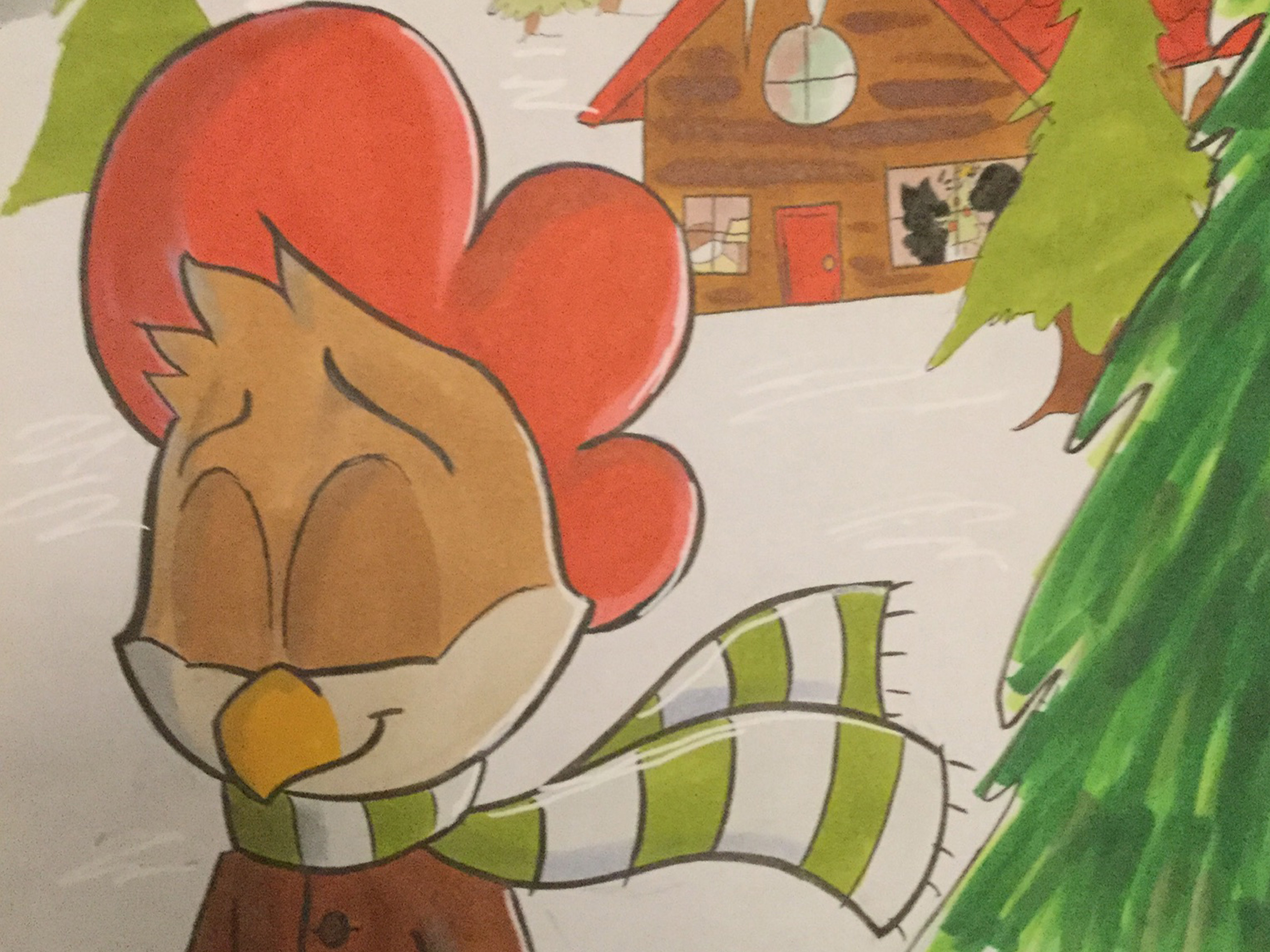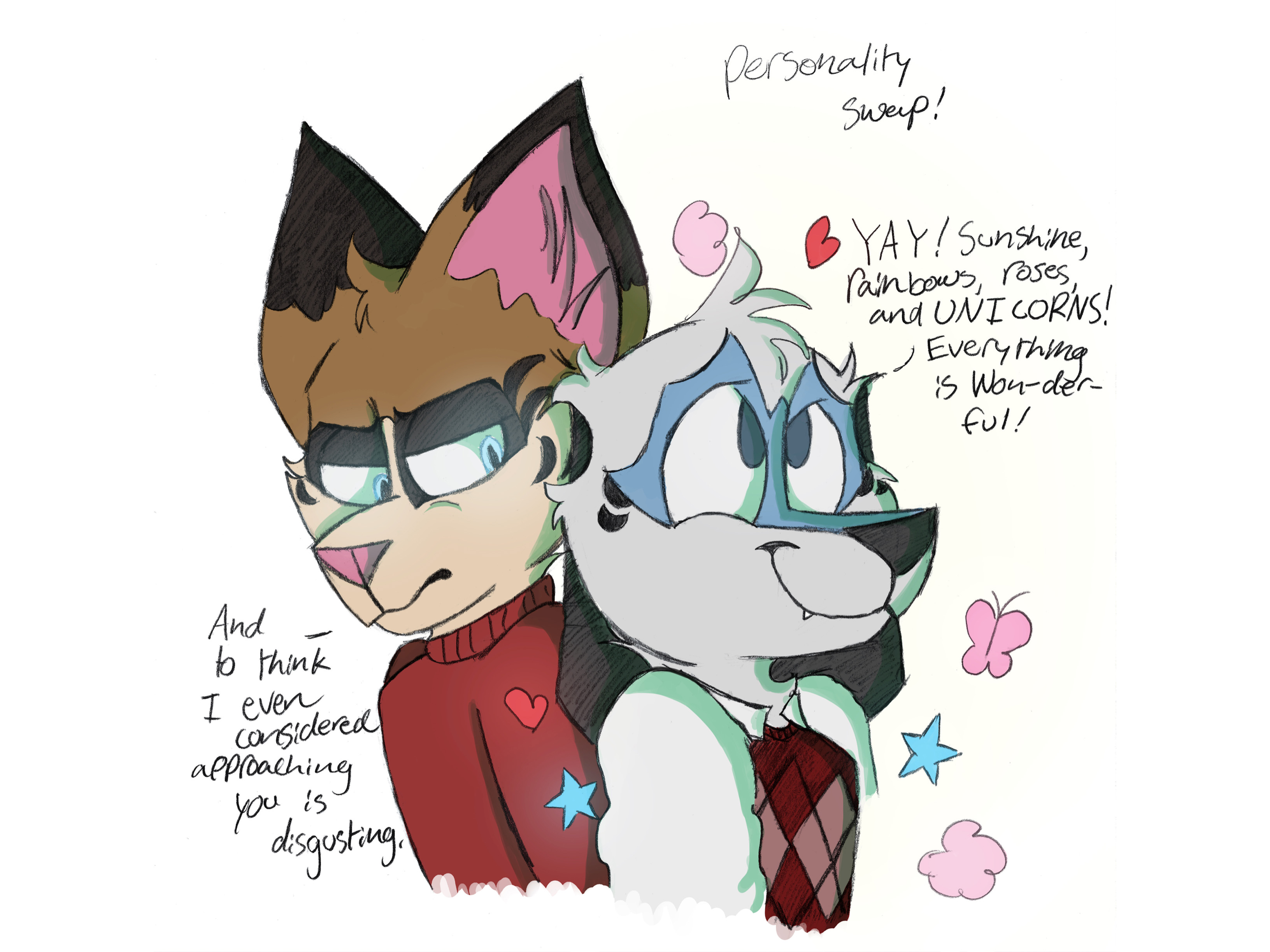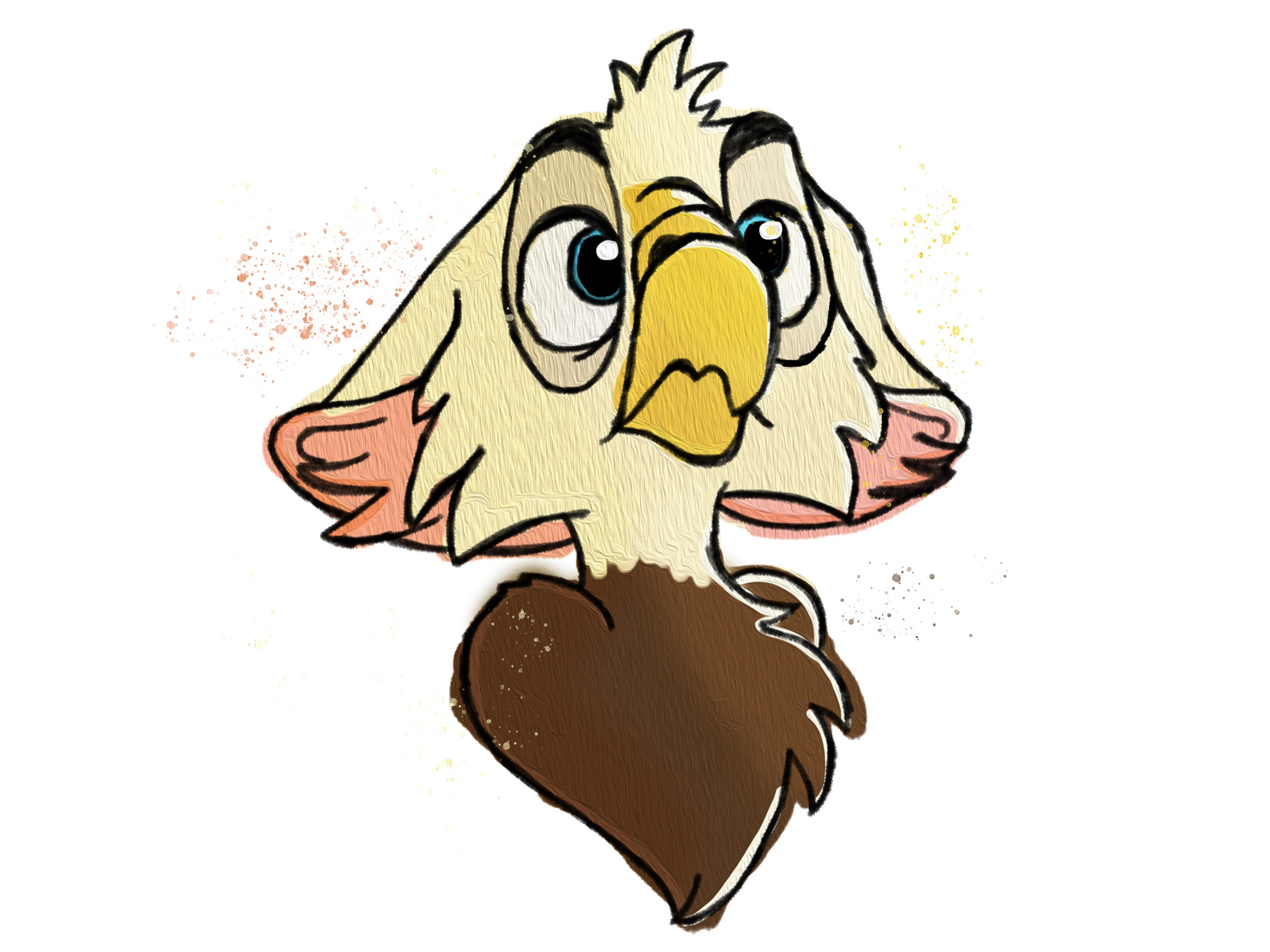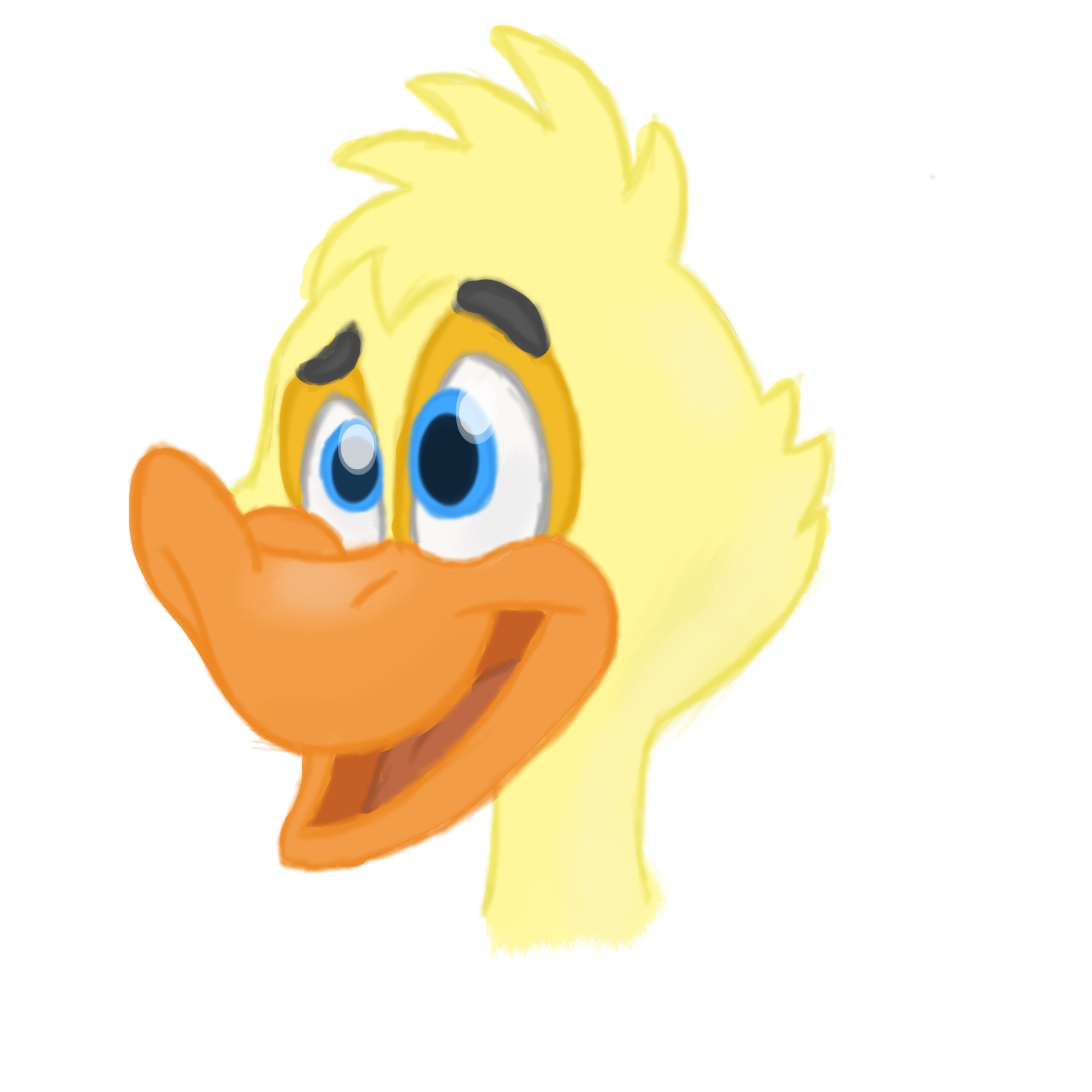From Diagnosis to Determination
October 22, 2024 / Life & Art
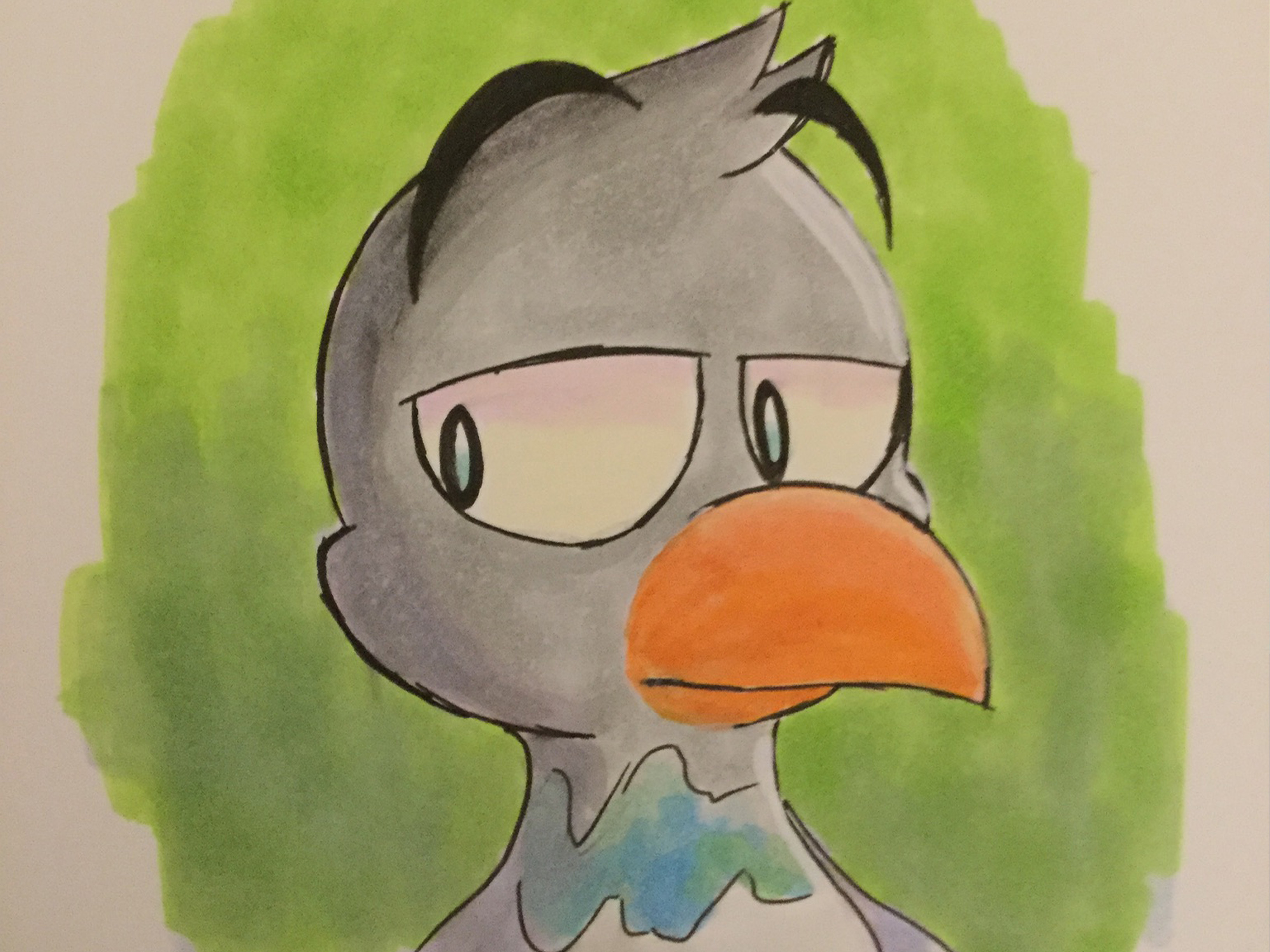
Personal challenges can feel like insurmountable obstacles on the road of success, and when I was diagnosed with brain cancer at age nine, I was worried my life would never be the same. I couldn’t play with my friends, run outside, and the function of my left hand was partially lost after my first surgery. I was right, cancer dramatically altered my life. Yet, surprisingly, it transformed my journey for the better.
I didn’t miss my old school much, in fact, I was quite relieved to finally escape the oppression of repeatedly memorizing the same multiplication tables I’d learned to heart over and over again. The only thing I missed was the art class. Sure, I thought my art teacher was quite the pompous hardhead, but the art room had an impressive collection of fascinating supplies from oil pastels to linocut blocks. The art room was about the only classroom that prompted any interest in me besides the school lab with the stingray pond.
One aspect of the art room that I had particularly remembered was an old apple crate of art instructional books. It was far from the most glamorous aspect of the Harding Academy Art Facilities, but held the most meaning to me. I’d always finish my pieces earlier than the other students and have time to read and attempt to crudely replicate the illustrations within the books.
Recovering from an operation was excruciatingly boring since I couldn’t attend school or play soccer and dodgeball with the other kids, but a sudden inspiration struck me. I could at least bring the art room into my home. So, I asked my mom if I could go to the used book store a couple minutes away from us. I was familiar with its abundance of art instructionals, and I was hoping to pick up a few and try my hand at realism. When we arrived, however, I was struck with a dilemma. There was only one book about realistic drawing, and the rest were cartoons. At first I was dismayed, but the sudden setback inspired me. There was a certain charm about cartoons that realism didn’t possess. I picked up a couple of books, How to Draw Cartoon Dogs, Comics for Beginners, and The Basics of Cartoons. I decided to give cartoons a try.
My first attempts were frustratingly primitive, and to this day, I find cartoons a far more complex art than realistic painting. Failure only further motivated me to create the perfect cartoon. I needed a drawing that was alive and with soul. The more I drew, art became my way of expressing what words could not capture. I became increasingly obsessed, and with patience and motivation, I gradually improved myself.
Years have passed along with a couple more surgeries and thousands of illustrations, and my journey has still not come to an end. Art has been my companion in the process of recovery. It gave me a creative outlet during my monotonous days of healing, and allowed me to channel my emotions into something tangible and bursting with life. The initial frustrations of teaching myself to draw only fueled my determination to grow, and taught me patience and resilience along the way. Looking back, I realize that art was far more than just a distraction, but a powerful tool of self discovery that got me through a tough period of my life. With art I found my voice, and that voice continues to evolve with every new piece I create.
I didn’t miss my old school much, in fact, I was quite relieved to finally escape the oppression of repeatedly memorizing the same multiplication tables I’d learned to heart over and over again. The only thing I missed was the art class. Sure, I thought my art teacher was quite the pompous hardhead, but the art room had an impressive collection of fascinating supplies from oil pastels to linocut blocks. The art room was about the only classroom that prompted any interest in me besides the school lab with the stingray pond.
One aspect of the art room that I had particularly remembered was an old apple crate of art instructional books. It was far from the most glamorous aspect of the Harding Academy Art Facilities, but held the most meaning to me. I’d always finish my pieces earlier than the other students and have time to read and attempt to crudely replicate the illustrations within the books.
Recovering from an operation was excruciatingly boring since I couldn’t attend school or play soccer and dodgeball with the other kids, but a sudden inspiration struck me. I could at least bring the art room into my home. So, I asked my mom if I could go to the used book store a couple minutes away from us. I was familiar with its abundance of art instructionals, and I was hoping to pick up a few and try my hand at realism. When we arrived, however, I was struck with a dilemma. There was only one book about realistic drawing, and the rest were cartoons. At first I was dismayed, but the sudden setback inspired me. There was a certain charm about cartoons that realism didn’t possess. I picked up a couple of books, How to Draw Cartoon Dogs, Comics for Beginners, and The Basics of Cartoons. I decided to give cartoons a try.
My first attempts were frustratingly primitive, and to this day, I find cartoons a far more complex art than realistic painting. Failure only further motivated me to create the perfect cartoon. I needed a drawing that was alive and with soul. The more I drew, art became my way of expressing what words could not capture. I became increasingly obsessed, and with patience and motivation, I gradually improved myself.
Years have passed along with a couple more surgeries and thousands of illustrations, and my journey has still not come to an end. Art has been my companion in the process of recovery. It gave me a creative outlet during my monotonous days of healing, and allowed me to channel my emotions into something tangible and bursting with life. The initial frustrations of teaching myself to draw only fueled my determination to grow, and taught me patience and resilience along the way. Looking back, I realize that art was far more than just a distraction, but a powerful tool of self discovery that got me through a tough period of my life. With art I found my voice, and that voice continues to evolve with every new piece I create.

